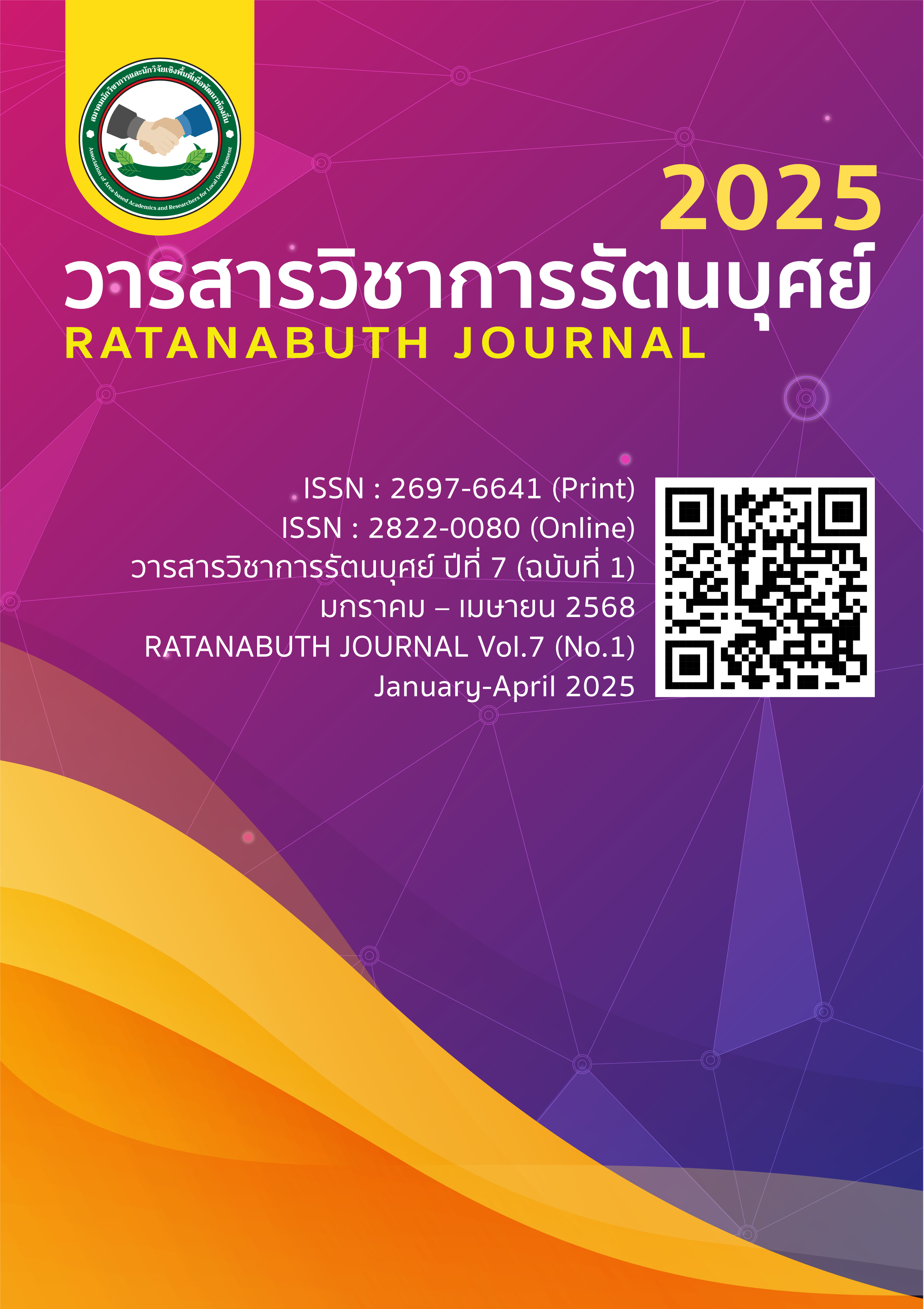Change Management for Modern Organizations Change Management for Modern Organizations
Main Article Content
Abstract
The objective of this academic article is to study the change management model for modern organizations. The author examined relevant concepts, theories, and research documents and conducted an analysis and synthesis of the components. The study found that organizational change management consists of four key components or stages. 1) Understanding the Organizational Context – This initial stage involves appointing a change management committee to implement organizational change policies. It includes an assessment of the current state of overall management and hierarchical administration to identify gaps between customer expectations and actual management practices. Based on this assessment, plans are formulated to facilitate organizational change. 2) Unfreezing Existing Behaviors – This stage requires a delicate balance of science and art in implementing change according to the organization's context in an appropriate manner. 3) Implementing Change – This phase involves introducing and integrating the new operational changes at the organizational, departmental, and unit levels. Representatives from each unit participate in the process, with strong support from senior management. And 4) Reinforcing New Behaviors – This final stage ensures monitoring and control to solidify behavioral changes among employees. It involves evaluating the outcomes of the new working approach at various levels of the organization to establish these changes as the new normal. The knowledge gained from this study can be utilized by both public and private sector organizations in formulating policies and defining the qualifications of the change management committee. This will help ensure that organizational changes align with the organization's objectives and goals while meeting the needs of the public effectively.
Article Details

This work is licensed under a Creative Commons Attribution-NonCommercial-NoDerivatives 4.0 International License.
References
นันทนา โอวาทสุวรรณ, สรวงอัยย์ อนันทวิจักษณ์, ไพโรจน์พิภพเอกสิทธิ์, สุทธิชัย พิสุทธิ์เสรวีงศ์, & อนันต์ ธรรมชาลัย. (2564). อิทธิพลของภาวะผู้นำการเปลี่ยนแปลงต่อวัฒนธรรม ความพึงพอใจ ความผูกพัน และผลการปฏิบัติงานในรัฐวิสาหกิจในประเทศไทย. วารสารการบริหารท้องถิ่น, 17(4), 619–643.
มณีรัตน์ ชัยยะ, & เพ็ญศรี ฉิรินัง. (2566). การบริหารทรัพยากรมนุษย์ภายใต้การเปลี่ยนแปลงสู่ยุคดิจิทัล (Digital Hr). วารสารนวัตกรรมการบริหารและการจัดการ, 11(1), 104–115.
อนันต์ ธรรมชาลัย. (2566). การจัดการเชิงกลยุทธ์ (พิมพ์ครั้งที่ 1). กรุงเทพฯ: มหาวิทยาลัยนอร์ทกรุงเทพ.
Galli, B. J. (2018). Change management models: A comparative analysis and concerns. IEEE Engineering Management Review, 46(3), 124–132. https://doi.org/10.1109/EMR.2018.2902403.
Creasy, T. (2018). An introduction guide to change management. Retrieved April 2, 2025, from https://www.prosci.com.
Kotter, J. (1996). How Kotter’s 8 Steps Change Model helps you to facilitate change. Retrieved January 31, 2025, from https://www.limelights.com/blog-post/how-kotters-8Steps-Change-Model-Helps-You-To-Facilitate-Change.
Kubler-Ross, E. (1969). Kubler-Ross Change Curve. Retrieved January 15, 2025, from https://www.wbs.ac.uk/news/putting-theory-into-practice-kuebler-ross-change-curve/.
Lewin, K. (1940). Change management model. Retrieved January 25, 2025, from https://www.techtarget.com/whatis/definition/kurt-lewins-change-management-model-unfreeze-change-refreeze.
Maurer, R. (1996). Maurer 3 levels of resistance and change model. Retrieved February 4, 2025, from https://bethestrategicpm.com/the-maurer-3-levels-of-resistance-and-strategic-project-management/.
Schech-Storz, M. D. (2013). Organizational change success in project management: A comparative analysis of two models of change. ProQuest Dissertations and Theses, 20–25.
Caredda, S. (2020). Models: Satir change model. Retrieved January 8, 2025, from https://sergiocaredda.eu/organisation/tools/models-satir-change-model/.

